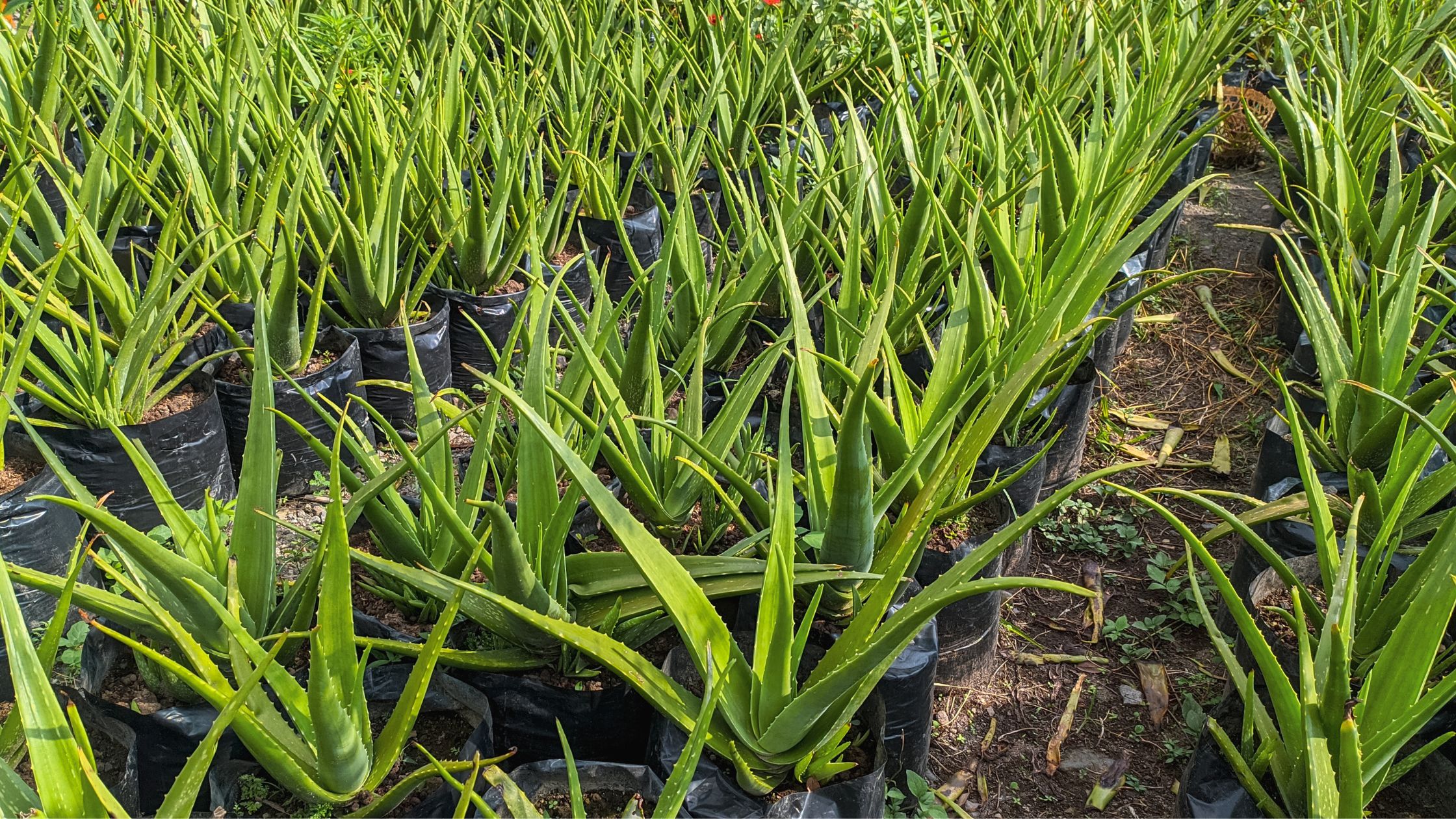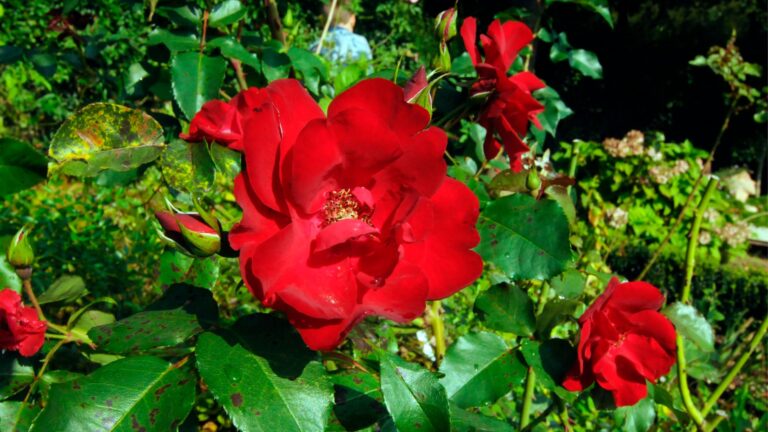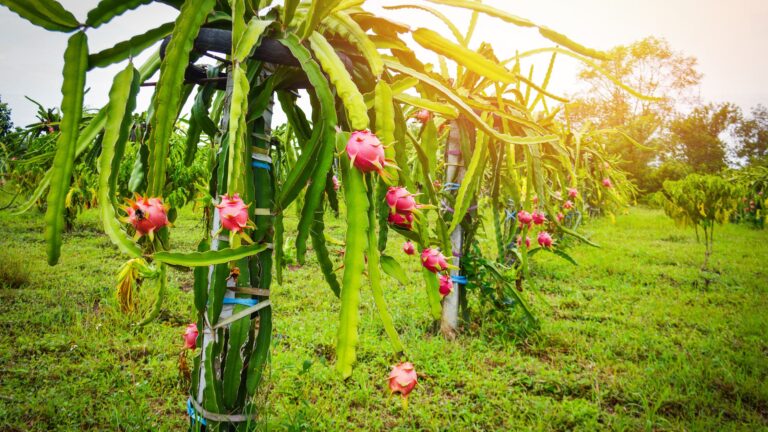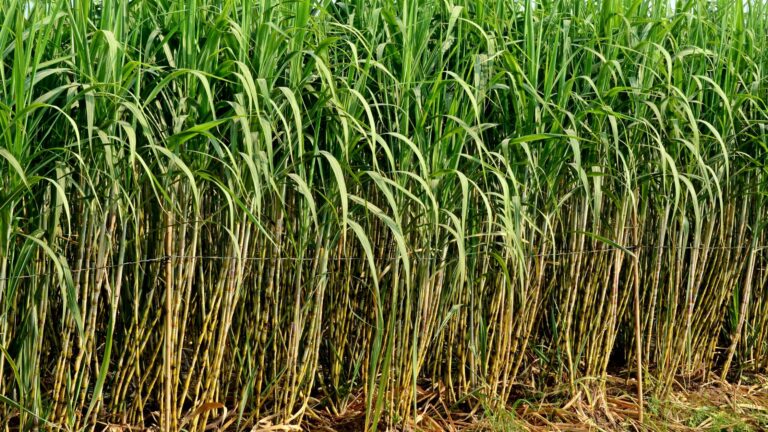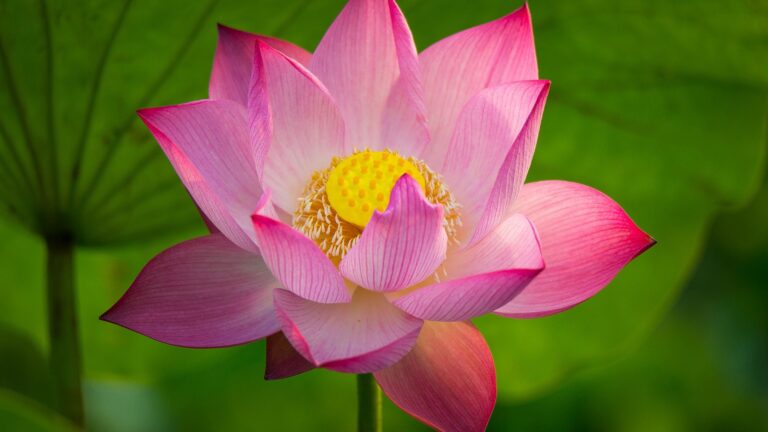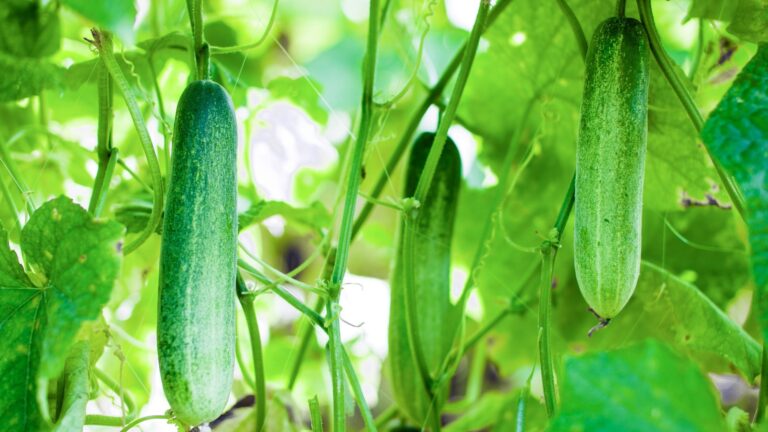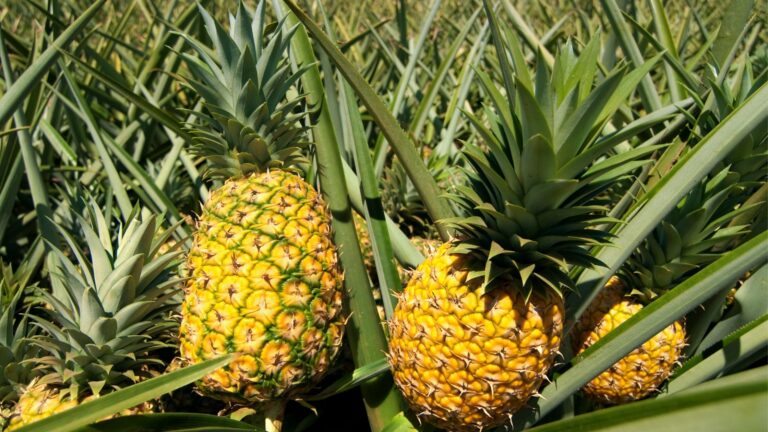Successful Aloe Vera gardening tips: happy plant
Make the Ideal Home for aloe vera gardening Aloe vera is often referred to as the “wonder…
Make the Ideal Home for aloe vera gardening
Aloe vera is often referred to as the “wonder plant” due to its soothing gel and striking succulent appearance. Gardening aloe vera is a rewarding experience, regardless of your level of gardening experience.
Better Description of the Aloe Vera plant
Leaves
The thick, meaty leaves range in colour from green to grey-green, and certain types have white flecks on the top and bottom of the stem. The leaf has tiny white teeth and a serrated edge.
Flower
In the summer, flowers are produced on spikes that can reach up to 90 cm (35 in) in height. Each pendulous flower has a yellow tubular corolla that is 2–3 cm long.
Roots
Aloe vera, like other Aloe species, forms a symbiotic relationship with its roots, known as arbuscular mycorrhiza, which enhances the plant’s ability to absorb mineral nutrients from the soil.
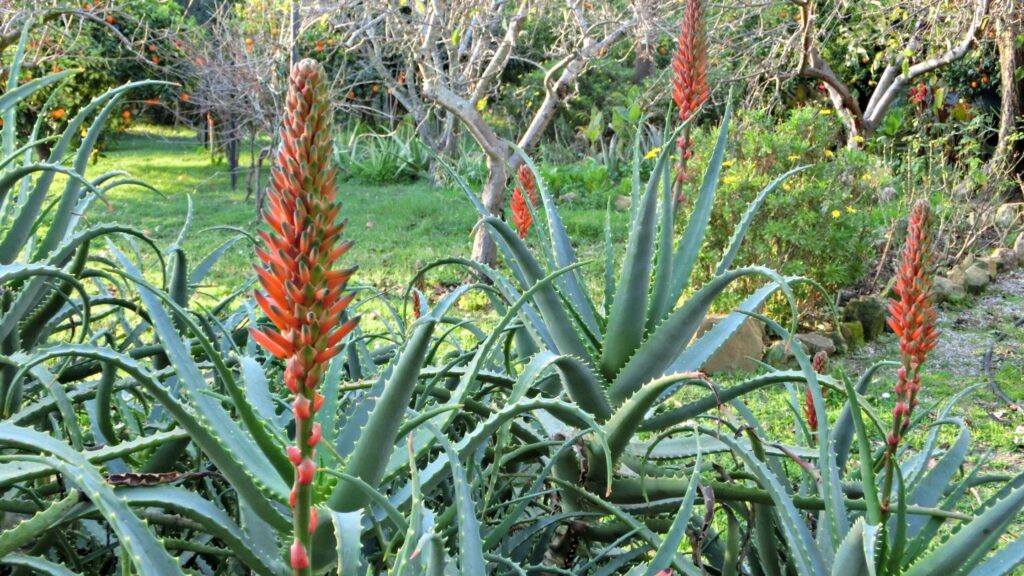
The success of your aloe vera gardening depends on the environment you choose.
Purposeful Pots
Drainage is essential! Aloe vera’s worst enemy is waterlogging, so always choose pots with a drainage hole. Because they are porous, terra-cotta or unglazed ceramic pots are great options for improving air circulation around the roots. A wide, shallow pot works better than a deep one because of the shallow root system of aloe vera.
Soil Story
Imagine your aloe growing in a desert. A soil mixture that drains well is essential. The ideal commercial cactus or succulent potting mixes are readily available. If you’re feeling particularly daring, you can make your own by mixing equal parts of gravel or perlite, coarse sand, and potting soil.
Sunshine Secrets
Aloe adores 6 to 8 hours every day; aloe vera thrives in bright, indirect sunlight. Indoors, a window facing east or west is very beneficial. Despite their love of light, their leaves can become unsightly brown when exposed to harsh, direct sunlight.
Temperature required
The ideal temperature range for these tropical beauties is between 55°F and 80°F (13°C and 27°C). If winter temperatures dip significantly, it’s best to keep your potted aloe ready to move indoors.
Also, follow the tips in Cultivating Dragon Fruit: A Modern Gardener’s Guide
Art of Watering for Aloe vera gardening
Overwatering is a common mistake made by new aloe parents.
Deep but Dry Watering
Give your aloe sporadic, deep waterings. Allowing the soil to dry completely between waterings is the golden rule.
Tips for seasonal aloe vera gardening
Adapt your watering schedule to the changing seasons. Your plant will require more water in the spring and summer when it is actively growing.
Growing and Seeding: nurturing your aloe
Fertilizer choice
Taking Care of Your Aloe Fertiliser Aloe vera is a frugal plant. It is usually enough to apply a half-strength, diluted, balanced liquid fertiliser once a month in the spring and summer. In winter, refrain from fertilising altogether.
Repotting Procedures:
When your aloe becomes root-bound or begins to produce “pups”—those cute little offspring—you’ll know it’s time to repot. Repotting works best in the spring.
Pups for Propagation:
Aloe vera’s ease of propagation is one of its benefits. Gently remove the pups from the mother plant and pot them up in separate containers once they are a few inches tall and have established their own roots. New aloe plants in a flash!
Fixing Issues: Need attention for better aloe vera gardening
Some Problems can occasionally arise with even the best-kept aloe vera gardening.
Yellow, mushy leaves? This nearly always indicates possible root rot and excessive watering. Ensure your soil drains properly and reduce watering immediately. After pruning any rotted roots, you may need to repot into new, dry soil.
Leaves that are thin, flat, or drooping? More light is probably what your aloe is hankering after. Place it in a more light-filled area.
Are the leaves brown? It’s most likely sunburn from excessive direct sunlight, unless it’s caused by overwatering. Move it to an area with more indirect light.
Torn or Cracked Leaves? Torn or cracked leaves may indicate overwatering. Ensure deep watering is done infrequently, and that adequate drainage is provided.
Aloe vera has been widely grown as an ornamental plant. The species is popular with modern gardeners as a topical medicinal plant and for its interesting flowers, form, and succulence.

